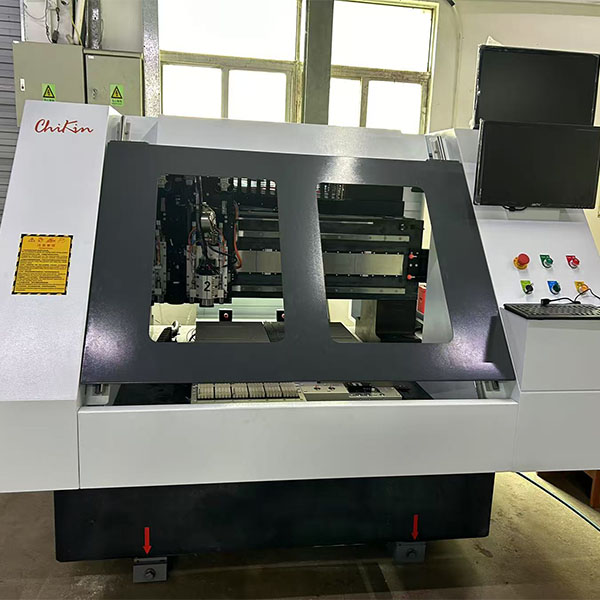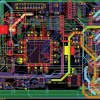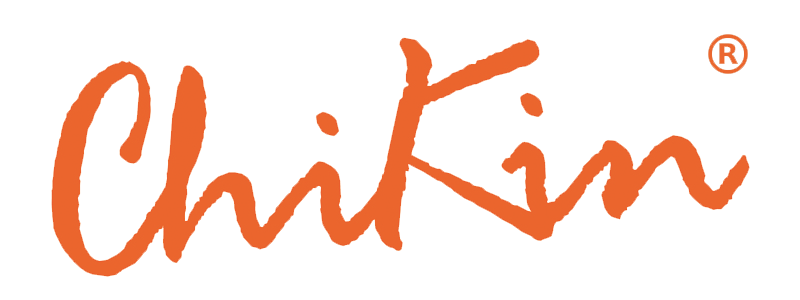The Evolution and Importance of PCB Drilling Machines
Mar 24, 2025
The Evolution and Importance of PCB Drilling Machines
Printed Circuit Boards (PCBs) are the backbone of modern electronic devices. From smartphones to medical equipment and automotive systems, PCBs are essential for connecting and supporting various electronic components. One of the most critical processes in PCB manufacturing is drilling, which requires precision and advanced technology. This article delves into the evolution, significance, and technological advancements of PCB drilling machines.
Understanding PCB Drilling Machines
PCB drilling machines are specialized equipment designed to create tiny, precise holes in printed circuit boards. These holes, known as vias, allow electrical connections between the different layers of the PCB. The accuracy and efficiency of these machines are crucial in ensuring the functionality and reliability of the final electronic product.
PCB drilling machines use high-speed spindles, advanced control systems, and precise positioning mechanisms to drill holes ranging from 0.1mm to 0.3mm in diameter. With the increasing complexity of modern PCBs, these machines must achieve high levels of accuracy and repeatability to meet industry standards.

The Evolution of PCB Drilling Technology
Over the past few decades, PCB drilling technology has evolved significantly. Initially, manual drilling methods were used, which were time-consuming and prone to human error. As the demand for smaller, more complex PCBs grew, automated drilling machines became essential.
-
Manual Drilling Era: In the early days, PCBs were drilled manually using mechanical drills. This process was labor-intensive and lacked precision, making it unsuitable for mass production.
-
Automated Mechanical Drilling: With the advent of Computer Numerical Control (CNC) technology, mechanical drilling machines became more accurate and efficient. CNC technology allowed for programmable drilling patterns, reducing errors and increasing production speeds.
-
Laser Drilling Technology: The introduction of laser drilling revolutionized PCB manufacturing. Laser drills can create micro-vias with diameters as small as 0.05mm, enabling the production of high-density interconnect (HDI) boards. This technology is crucial for modern electronics, where space constraints require smaller and more densely packed components.
-
Hybrid Drilling Machines: Today, many manufacturers use hybrid drilling machines that combine mechanical and laser drilling capabilities. This approach offers greater flexibility, allowing for the efficient production of both standard and advanced PCBs.
Key Features of Modern PCB Drilling Machines
Modern PCB drilling machines are equipped with advanced features to ensure precision, speed, and efficiency. Some of the key features include:
-
High-Speed Spindles: Capable of rotating at speeds exceeding 300,000 RPM, high-speed spindles enable rapid and precise drilling.
-
Automated Tool Changing: Advanced machines feature automatic tool changers, allowing seamless transitions between drill bits of different sizes.
-
Vision Systems: Integrated vision systems ensure precise alignment and real-time monitoring, reducing errors and improving accuracy.
-
Multi-Station Platforms: Multi-station drilling machines can process multiple PCBs simultaneously, enhancing productivity.
-
Software Integration: Modern machines are integrated with sophisticated software that allows for precise control, monitoring, and data analysis.
The Importance of Precision in PCB Drilling
Precision is paramount in PCB drilling for several reasons:
-
Electrical Performance: Accurate hole placement ensures proper electrical connections, reducing the risk of signal loss or interference.
-
Reliability: Consistent drilling quality enhances the durability and reliability of the PCB, especially in critical applications like aerospace and medical devices.
-
Cost Efficiency: Precise drilling reduces material waste and minimizes rework, lowering overall production costs.
-
Miniaturization: As electronic devices become smaller, the need for micro-vias and high-density PCBs grows. Precision drilling is essential to meet these demands.
Challenges in PCB Drilling
Despite technological advancements, PCB drilling presents several challenges:
-
Material Variability: Different PCB materials, such as FR4 and ceramic, require specific drilling techniques and tool adjustments.
-
Thermal Management: High-speed drilling generates heat, which can affect hole quality and machine performance.
-
Tool Wear: Frequent drilling causes tool wear, necessitating regular maintenance and calibration.
-
Complex Designs: Increasing PCB complexity requires machines to handle intricate drilling patterns without compromising accuracy.
Future Trends in PCB Drilling Technology
The future of PCB drilling technology is shaped by ongoing innovation and industry demands. Key trends include:
-
Artificial Intelligence Integration: AI-driven systems can optimize drilling processes, predict maintenance needs, and improve overall efficiency.
-
Enhanced Automation: Fully automated drilling lines will reduce human intervention, increasing speed and consistency.
-
Nanotechnology: Advances in nanotechnology may enable even finer drilling capabilities for next-generation electronic devices.
-
Eco-Friendly Solutions: Developing sustainable drilling methods and reducing energy consumption will be a priority for environmentally conscious manufacturers.
On the whole:
PCB drilling machines play a vital role in the electronics manufacturing industry. From their humble beginnings to today’s high-speed, laser-equipped systems, these machines have evolved to meet the growing demands for precision and efficiency. As technology continues to advance, PCB drilling machines will remain at the forefront of innovation, enabling the production of increasingly sophisticated electronic devices. Investing in cutting-edge drilling technology is crucial for manufacturers seeking to maintain a competitive edge in the dynamic world of electronics.
Recent Posts

October 26, 2016
The Most Successful Engineering Contractor
May 12, 2025
China PCB Drilling Routing machine Development
May 06, 2025
PCB Design Process and Key Points






